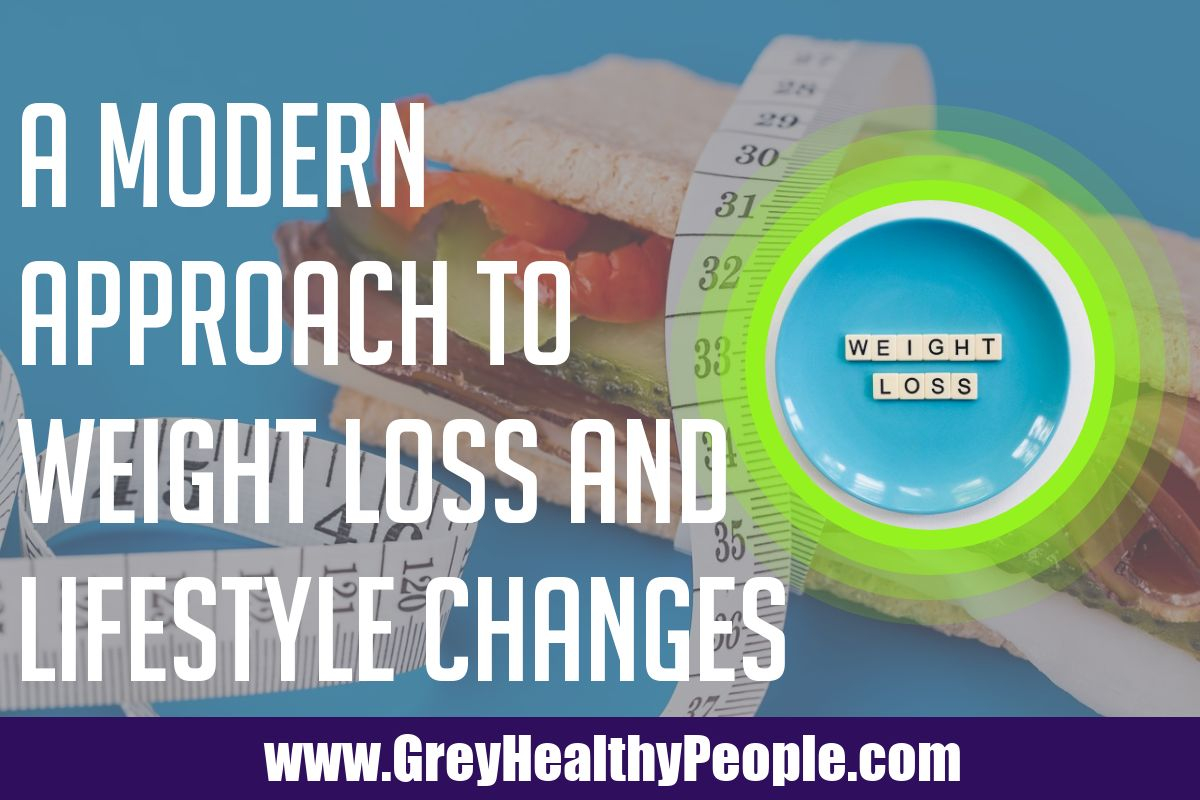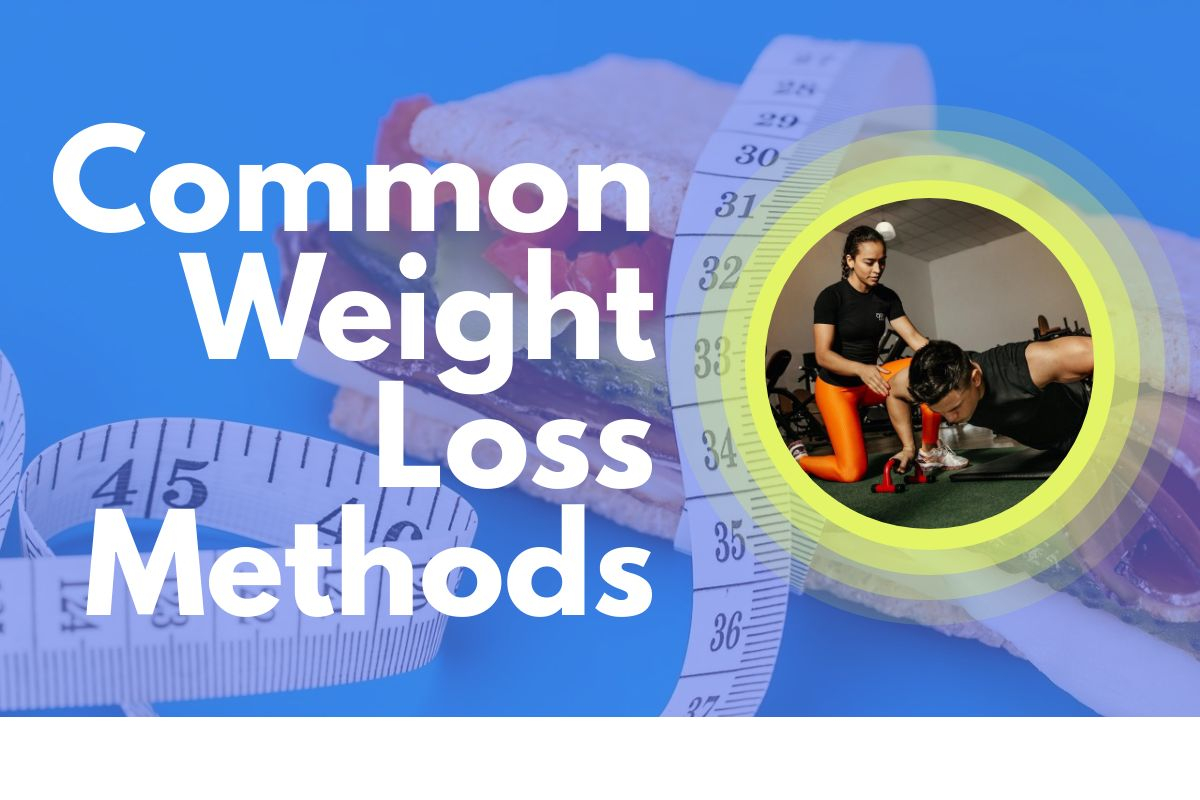When it comes to weight loss, there are two ways to approach it. The first: short term fixes, and the second: changing your entire lifestyle for long term weight loss. Short term fixes include cutting out carbohydrates (or the Atkins diet), juice diets, the 5:2 diet, Slimfast diet, simply going into a drastic calorie deficit, or many more.
There’s nothing wrong with these, and in some instances, they work. For example, say you have an occasion or a photoshoot coming up, and you need to lose a few pounds quickly – cutting out carbohydrates, or going into a significant calorie deficit for a couple of weeks will help here.
You will lose body weight, and it could be a fairly decent amount, depending on your starting body weight. Or, if you have a significant amount of weight to lose, you can kickstart your weight loss journey by doing one of the above in the short term to see results quickly, and then slowly move to a long term weight loss approach. These short term fixes can help in the above circumstances, and as long as they’re only done for a short length of time, are relatively healthy for you.
The issue with the short term fixes is that we’ve taken them at face value, and tried to incorporate these as long-term fixes. They don’t work for long term weight loss, at least for the majority of people. Cutting out an entire food group for a significant period of time, or going into a significant calorie deficit for a length of time is unrealistic, unsustainable, and unhealthy. Instead…
Here’s our 5 tips on how to win in the long term with weight loss:
Ask Yourself if it’s Sustainable For the Long Term
Every change you make, whether adding exercise, any nutrition changes, or any lifestyle changes should be realistic and sustainable for the long term.
Always question whether you can see yourself doing what you’re doing in 3, 6, 12, or even 24 months time. If no, then the fix is probably too good to be true, and it won’t make your weight loss journey sustainable or enjoyable.
For example, there’s no point cutting out a specific food you enjoy, or a food group, such as carbohydrates or dairy, if you don’t think you can do it in the long term. If the thought of never eating your favourite dessert again horrifies you, why do it in the first place? If the thought of exercising at 5 am scares you because you’re a night owl, stick to this routine.
There will have to be some give and take here because you’re not able to have everything you want but find the changes that are negotiable, and the ones that aren’t. Change the ones that are negotiable. Small changes add up.
Set Realistic Goals
For long term weight loss, you should be losing a pound or two a week. Yes, that’s right, a week. This figure depends on a number of factors, but your starting point is the main factor here. If you’re heavier, you may be able to lose more than this, but again, this will soon level out to a pound or two a week.
Some short term fixes suggest you can lose a pound a day. Maybe. But you’ll pack a lot of this on once you start eating normally again. Even though a pound or two a week doesn’t sound like much, it’s more realistic and sustainable. Over a year, this adds up to 50 to 100 pounds, which is a significant amount. Keep goals realistic, and remember, this is a marathon, not a sprint.
When it comes to exercising, the same rules apply. Going from no exercise to consistently exercising 6 times a week is a recipe for burn out. Instead, aim for 2 or 3 times a week, and increase from there.
Eat whole, single-ingredient food
Ditch the shakes, and start eating actual food. Shakes have their place – when they’re used as a meal replacement. The problem lies in that they aren’t all that filling, whereas whole, single-ingredient food is.
Here’s a list of 50 whole foods that can aid you with your weight loss journey. These foods are naturally filling, and it’s very difficult to gain weight if the majority of your diet is based on them. This will also get you preparing your own meals, rather than eating food that’s shop-bought or processed.
Measure
How do you know you’re on track with your goals if you’re not measuring your body weight? How do you know if you’re eating too much or too little if you’re not tracking what you’re eating? Get yourself a set of scales and a measuring tape, and also a set of kitchen scales. Weigh yourself daily, to ensure you’re on the right track.
Start recording your food, and measure the amount of food you’re having per day. If you’re weight loss isn’t going on track, at least now you have something to understand why.
Reward Successes
To make your journey enjoyable for the long term, reward successes. You should be proud of what you achieve, and a little recognition goes a long way. Rewarding yourself could or could not be to do with food.
Have you not had your favourite dessert in a month? If so, why not have it when you’ve achieved a specific milestone, such as losing 10lbs? Or it could be non-food related, such as rewarding yourself to a spa day, or a new pair of trainers? Rewarding yourself can help with long term motivation.
Conclusion
With these 5 tips on how to win in the long term with weight loss, you’re well on your way to achieve the body you’ve always wanted. Short term fixes do have their place, but for those who have a reasonable amount of weight to lose, think long term. Having a longer-term focused attitude will make your weight loss more realistic and sustainable, and more enjoyable. And don’t forget to reward yourself along the way, because you deserve it 😉
About me
I’m Ravi – a qualified personal trainer and fitness blogger, who teaches people how to transform their bodies and lives through fitness and nutrition. I’m also the CEO of Sports Samurai, an online store selling high quality gym bags and backpacks – you don’t want to miss these, so click the link. Feel free to like us on Facebook here for more articles, tips, and product information.




